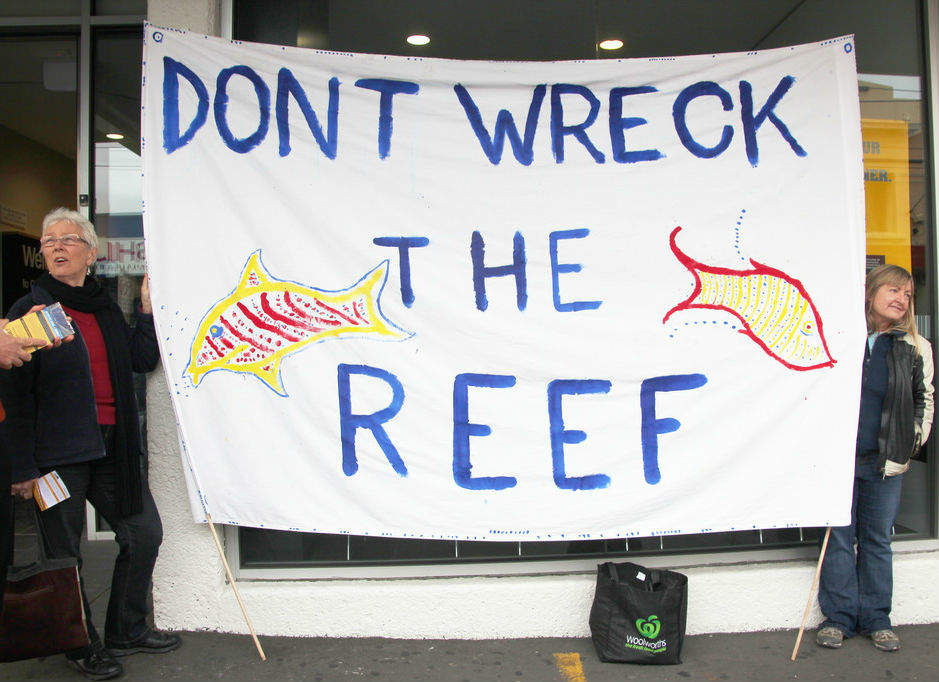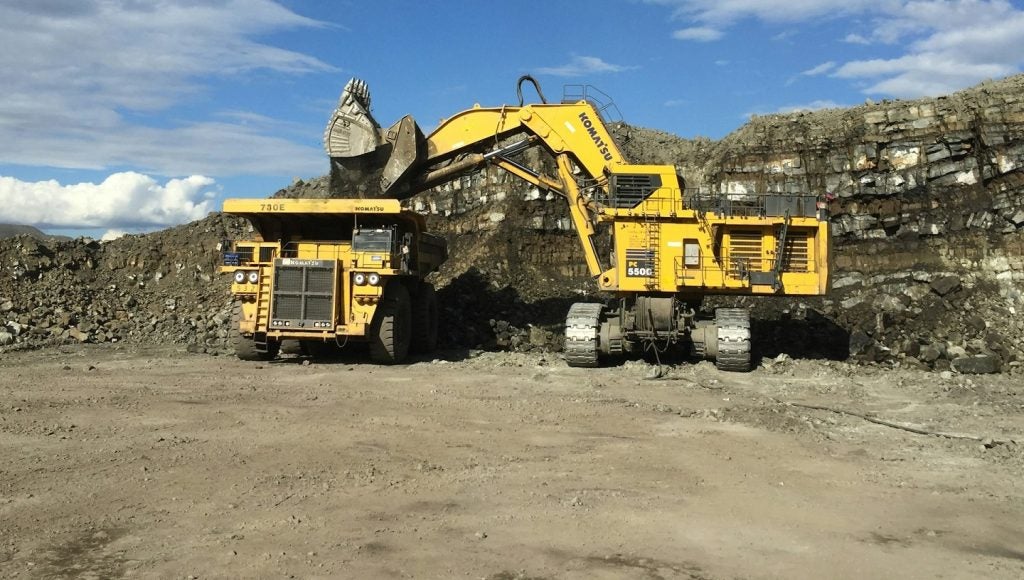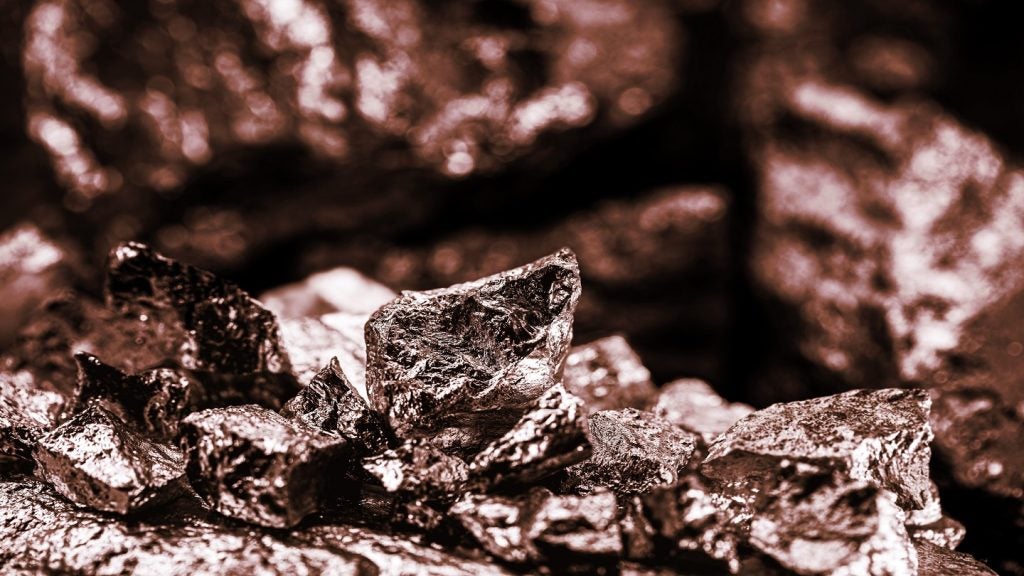
Last April, three individual mining leases were approved in Queensland’s Galilee Basin, marking the beginning of a $21.7bn coal mine project. Indian multinational conglomerate Adani proposed to build the Carmichael coal mine, which it says will make enough money to stay profitable even during tough financial times.
Queensland Premier Annastacia Palaszczuk and Mines Minister Anthony Lynham confirmed the lease agreements in an announcement, and justified the huge spend with claims that the thousands of new jobs created were a more realistic goal for the region.
“Some approvals are still required before construction can start, and ultimately committing to the project will be a decision for Adani,” Palaszczuk said. “However, I know the people of north and central Queensland will welcome this latest progress for the potential jobs and economic development it brings closer for their communities.”
The mine, located 160km north-west of Clermont, is planned to consist of six open-cut pits and five underground mines making it the largest coal mine in Australia and one of the biggest on earth. The project includes the expansion of the Abbot Point Coal Terminal which will be the base for shipping the coal around the world.
The entire site is set to be 50km-long and will cover an area of nearly 45,000ha – over 100,000 football pitches. If the plans were placed over Paris, it would cover the central area of the city and stretch to the outer edges.
How well do you really know your competitors?
Access the most comprehensive Company Profiles on the market, powered by GlobalData. Save hours of research. Gain competitive edge.

Thank you!
Your download email will arrive shortly
Not ready to buy yet? Download a free sample
We are confident about the unique quality of our Company Profiles. However, we want you to make the most beneficial decision for your business, so we offer a free sample that you can download by submitting the below form
By GlobalDataAdani claims that Carmichael will produce around 60 million tonnes (Mt) of coal per year, most of which is planned to be shipped to India, providing power for 25 million people there. A massive 2.3 billion tonnes is expected to be mined over 60 years. The company also said the estimated $22bn in mining taxes and royalties received from the first half of the project’s life alone will help fund schools, hospitals, roads, and other public funded services.
Environmentalist backlash
However, the project has faced scrutiny from environmental groups and the public from the get-go. The Australian Conservation Foundation (ACF) argued that the mine was unlawfully approved in the first place in 2014 by Environment Minister Greg Hunt, and is challenging the decision in a federal court case which began last month.
Environmental concerns about the mine centre on the Great Barrier Reef; how the burning of coal will put the world heritage site at risk by contributing massively to climate change, and the damage suffered by the estimated 1,500 species of fish and 360 species of precious corals. The reef is already vulnerable after losing approximately 50% of its coral over the past 30 years.
ACF CEO Kelly O’Shanassy explains that the foundation is arguing that Minister Hunt “Unlawfully approved the largest coal mine in Australia’s history without having proper consideration to its climate change impacts. Specifically, ACF will argue the minister’s approval is inconsistent with the Australian Government’s international obligations to protect the World Heritage-listed Great Barrier Reef Marine Park.”
Spokesman for AFC Josh Meadows says that, in the last few months, it has been shown how much damage even slight increases in water temperature can affect the coral on the reef. In fact scientists estimate that due to warmer than usual oceans this year, 93% of the reef has bleached, which is when the algae that live in close quarters with the coral lose their pigmentation and often die. These algae provide the coral with oxygen and remove waste, so without them the coral can starve.
Greenpeace Australia Pacific spokeswoman Shani Tager calls the government’s decision “appalling”.
“Coral scientists, the Great Barrier Reef Marine Park Authority and even the Queensland Government have acknowledged the severity of this latest bleaching,” she says. “Protecting the reef and approving the Carmichael mining lease are diametrically opposed – you cannot do both.”
In April, Australia Institute chief economist Dr Richard said that the Carmichael project was not at all viable, and would rely on state and federal subsidies.
“It’s hard to understand why, rather than go and buy cheap distressed coal mines for sale across the world, they want to spend $16bn on building a new one,” he said. “Whether it’s integrated or not, it makes no sense to go the most expensive option imaginable.”

Species, indigenous people and climate change
There is also the issue of the massive amounts of carbon dioxide that coal mines emit. This is one of the main reasons why so many coal mines and plants are being shut down around the world, as part of a bid to clean the air we breathe and slow global warming.
“With the mine expected to operate for 60 years, we estimate Carmichael will generate 4.73 gigatonnes of carbon dioxide,” says Meadows. “When burnt, coal from the Carmichael mine will produce 128.4Mt of carbon emission per year at peak production, or four times the total carbon emissions of New Zealand.”
Other areas at high risk are indigenous aquatic regions and native wildlife. The mine would suck 297 billion litres from underground aquifers, which Meadows says would cause a drop in the water table that farmers so heavily rely on. This would damage the local and sensitive Doongmabulla Springs; an ancient groundwater source which is of great importance to the area’s Traditional Owners.
“Adani has conceded in court that the drawdowns modelled by the company could cause the springs to dry up, with significant environmental implications,” says Meadows.
Adrian Burragubba, an Aboriginal Australian activist and didgeridoo musician, set up an online petition ‘Stop Adani Destroying Our Land And Our Culture’ where he says the mine would “tear the heart out of the land” and have “devastating impacts on our native title, ancestral lands and waters, our totemic plants and animals, and our environmental and cultural heritage”.
As well as pollution and destruction worries, Burragubba writes that the impact would have a cascading effect on neighbouring lands and waters, and the risks are too high for everyone, as climate change is a global problem.
Meadows also points out that there are only two remaining populations of the Southern black-throated finch left in Australia. Its population is still declining due to its habitat being threatened by development and, as a result, the bird appears to have vanished from 80% of its former range.
“The Carmichael site in central Queensland is the last major stronghold for the finch, with evidence showing the proposed Adani mine would permanently destroy the grasslands and unique conditions that sustain the species,” Meadows says. “The species was recently declared extinct in New South Wales.”
Promise of new jobs – is it enough?
Nevertheless, the government has pointed to the economic potential of Carmichael project to encourage support. Adani has estimated the mine, along with proposed rail and port projects, will generate more than 5,000 construction jobs and over 4,500 jobs during peak operations.
However, in comparison, Meadows refers to the 70,000 jobs that rely on a healthy reef, including those from the scientific and tourism industries.
“1% of Australians work in coal mining; 99% don’t,” Meadows says. “That 1% doesn’t keep the economy going. In fact, the solar industry provides many more jobs in Australia than coal does.”
The Australian Government has indicated that Carmichael could relieve poverty from as far away as India. Adani Australia’s chief executive Jeyakumar Janakaraj said: “If we do not send clean coal from Australia, India will continue to burn dirty coal and that is just not good for anybody.”
However, Meadows finds it morally dubious to use the world’s poor as a cover for Australia’s dogged support for the dirty coal industry.
“More coal pollution will add to the numbers of people who die from respiratory and other coal-related illnesses every year,” he says. “Digging up coal at Carmichael and burning it in India would make climate change worse, hitting the world’s most vulnerable people hardest.
“Clean energy resources, like wind and solar, are often cheaper and more accessible options for people living in rural and remote areas that not connected to electricity grids.”
Adani validating a multi-billion dollar mine could be seen as sending a rather confused message. The company is India’s largest private power producer, and has actually made several major investments in India’s solar energy sector.
“We are not a charitable organisation,” Janakaraj explains. “We are here to do business and obviously the fundamental rule of business is economics…If you take it from a simple standpoint, even with current coal prices, we will make enough margins to service both debt and equity.”
Insufficient regulations from the government
Queensland Government has set some conditions relating to the surrounding wildlife of the mine and has invested $100m in protecting the Great Barrier Reef.
“We have placed nearly 200 strict environmental conditions on these three mining leases – I have now decided that the benefits outweigh those challenges,” said Palaszczuk back in April.
Meadows says these conditions were made without sufficient data and modelling of the impacts, which remain largely unknown, and the regulations fall short in many areas.
“This is a serious concern,” he says. “ACF believes the precautionary principle should apply. And no matter what conditions the government sets for the project, it has failed to address the biggest impact of all – the contribution all that coal would make to the world’s climate change problem.”
Adani aims to start work on the Carmichael mine in 2017, but this could be scuppered by the ongoing lawsuit and others that have emerged. In April a group called Wangan and Jagalingou (W&J) which represents indigenous people – the Traditional Owners of the land Adani wishes to build on -claimed that Queensland authorities issues the mine leases without their consent.
“We have formerly rejected this disastrous project three times,” said W&J in a statement. “In this light…Issuing the mining leases is a shameful episode in the trashing of Traditional Owners’ rights by the exercise of government power.”
The ACF case will test the section of federal environment law that requires the minister to act consistently with the obligations under the world heritage convention. If they are successful, ACF’s actions could have a massive impact not just on the Carmichael project, but on all future fossil fuel developments.
If Adani has to backtrack on its plans, it will show environmental groups all over the world that their voices are being heard, and economic reimbursements might not always be a considered enough of an incentive for environmental disaster.






